A child tumbles off a bicycle, stands up, and casually brushes gravel from a bloodied knee. No tears, no flinch, just quiet curiosity. For a tiny group of people, this isn’t bravery – it’s biology. The absence of pain sounds like a superpower until you realize pain is a built‑in alarm, the body’s smoke detector. Switch it off, and danger goes silent. Scientists are racing to understand how these rare pain‑free lives work, because the same circuits that keep them safe could help the rest of us escape the grip of chronic pain without the collateral damage of addiction or sedation.
The Hidden Clues

Imagine resting your palm on a hot stove and feeling nothing but warmth, or walking on a fractured foot because it simply “feels normal.” For people with congenital insensitivity to pain, injuries can accumulate quietly, like hairline cracks in a windshield that one day suddenly shatter. The clues show up early: toddlers who bite their tongues without crying, children who don’t pull away from needles, teenagers who collect mysterious scars. Many also can’t smell, tipping doctors toward a specific genetic pathway that links pain to scent.
When I first met a family living with this condition, what struck me wasn’t fear – it was vigilance. They carried thermometers to check bathwater and kept checklists near doors: shoes on, gloves on, look for cuts. The lesson is sobering: if you never feel pain, you must learn to see it.
From Ancient Tools to Modern Science
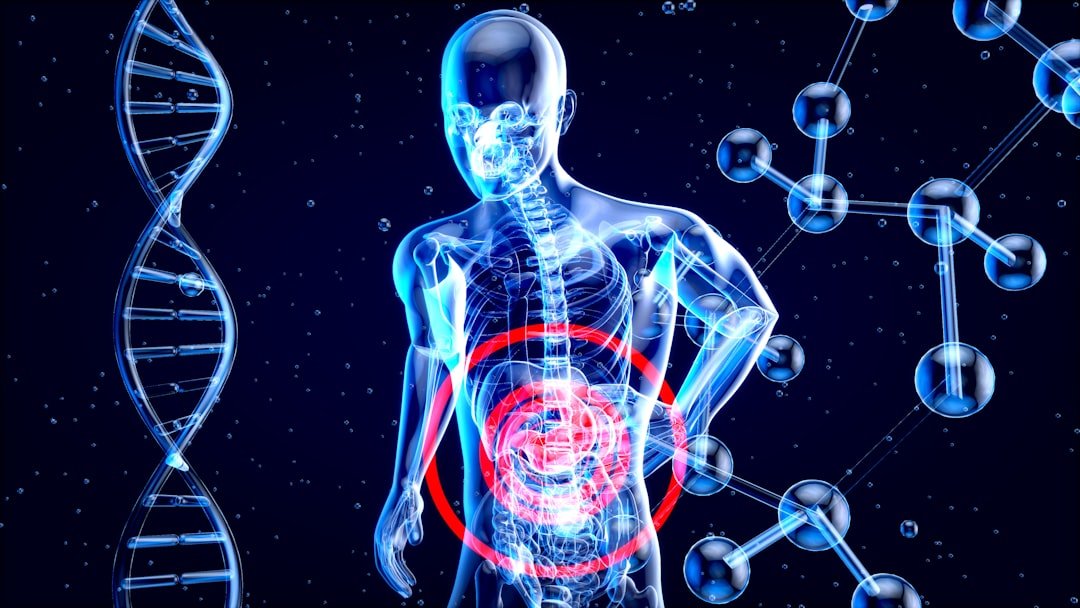
Doctors once treated pain by trial and error – opium if you had it, distraction if you didn’t. The real shift came with modern genetics and neurophysiology, when researchers began mapping nerves like cartographers charting a new coastline. Case reports of pain‑free families became treasure maps; DNA sequencing turned anecdotes into evidence. The hunt for mutations revealed a handful of genes that behave like master switches for pain.
Over two decades, the field went from scattered clues to a networked story: specific sodium channels that ignite pain signals, growth‑factor receptors that build sensory neurons, and regulators that tune the whole orchestra. Each discovery didn’t just explain why one family couldn’t feel pain – it spotlighted a potential target for safer, smarter analgesics.
The Genes That Switch Pain Off

Front and center is a sodium channel called Nav1.7, built by a gene known as SCN9A. Turn it off with a loss‑of‑function mutation, and pain signals rarely get out of the starting blocks; smell can vanish too, because olfactory neurons rely on the same channel. Another route is NTRK1, which encodes the receptor for nerve growth factor; when that pathway fails, pain fibers don’t develop properly and sweat regulation can go haywire. A transcription factor named PRDM12 acts further upstream, shaping sensory neuron identity during development.
Other players widen the plot. Changes near FAAH – which helps clear endocannabinoids – can raise natural pain‑dampening molecules, while other genetic variants continue to be investigated for their roles in pain sensitivity. Different genes, different mechanisms, one startling outcome: the body’s alarm system dims or disappears.
Life Without Pain: Real-World Consequences
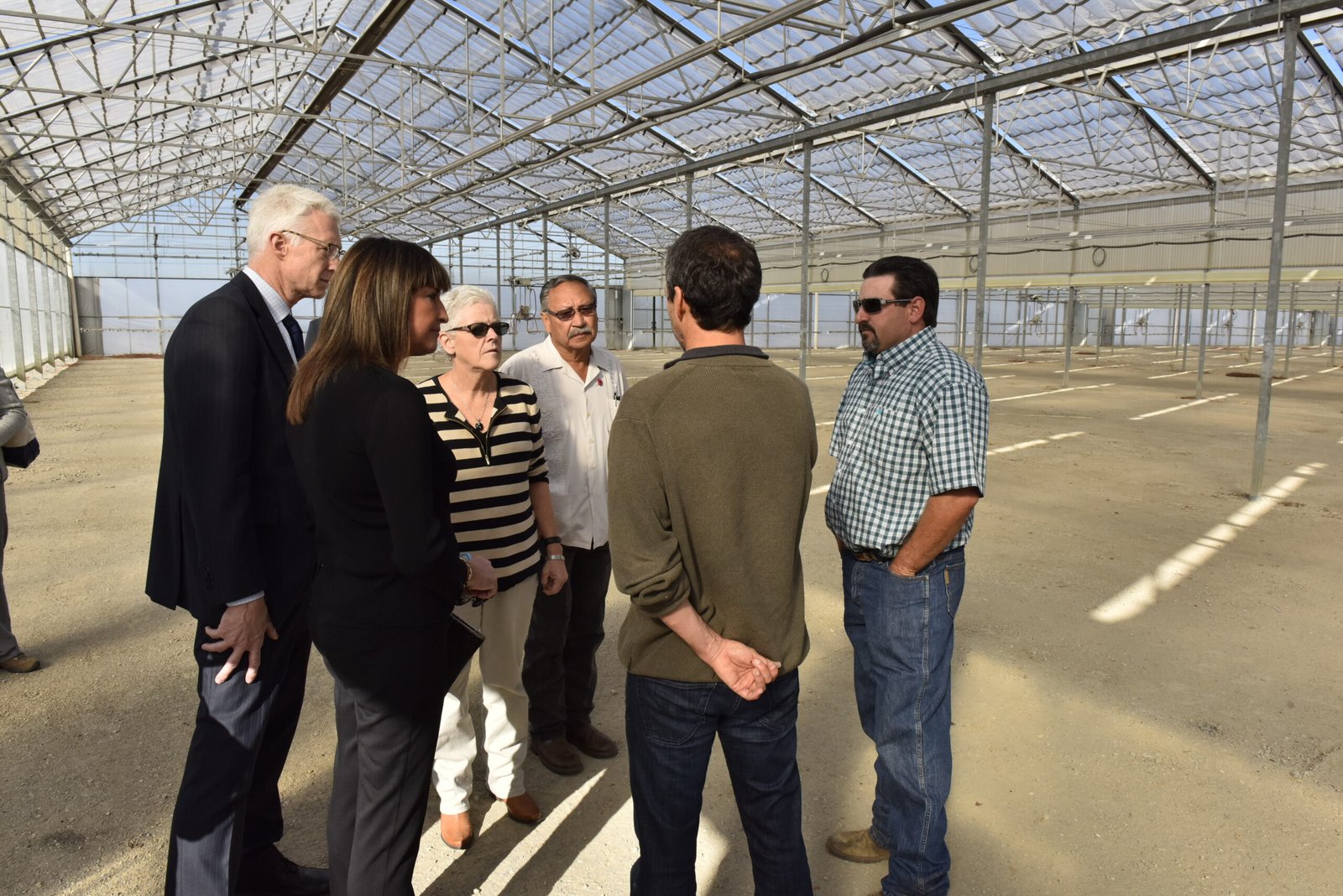
Daily life without pain is a paradox of freedom and risk. Burns happen because a hand lingers on a skillet; sprains become fractures because there’s no warning to rest. Joints can deteriorate silently under uneven loads, leading to early‑onset arthritis; corneas get injured when grit isn’t blinked away. Infections can smolder because the telltale ache never arrives to demand attention.
Families adapt like field medics. They schedule routine skin checks, use oven mitts as default, and teach kids to watch the thermometer like a hawk. Schools post care plans. Dentists and orthopedists become regulars. Pain doesn’t teach these lessons, so parents – and eventually the individuals themselves – do.
Why It Matters
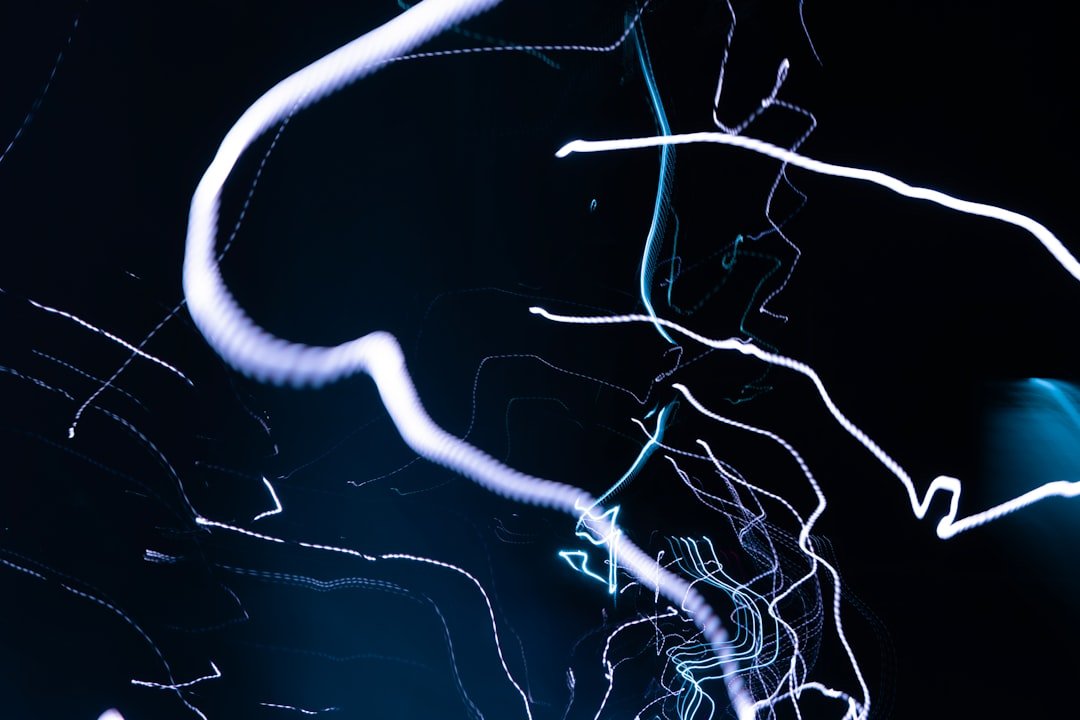
Understanding natural pain resistance is a blueprint for building better pain relief. Historically, medicine leaned on opioids and broad anti‑inflammatories – effective for many, but prone to side effects and, in the case of opioids, dependence and overdose risks. By contrast, the pain‑free genetic story points to precision targets: block Nav1.7 in a controlled way, modulate nerve growth signals, or tweak endocannabinoid tone without clouding the brain. The goal is simple to say and hard to do: make pain controllable without numbing everything else.
Here’s what the science suggests so far: – Targeting Nav1.7 too bluntly can also dampen smell; smarter, state‑dependent blockers aim to avoid that trade‑off. – Gene‑based approaches offer long‑lasting effects but require ironclad safety and delivery. – Combining modest effects – small channel block plus gentle anti‑inflammatory – may beat single silver bullets. The emerging picture is pragmatic, not magical: nudge the alarm, don’t rip it out.
Global Perspectives
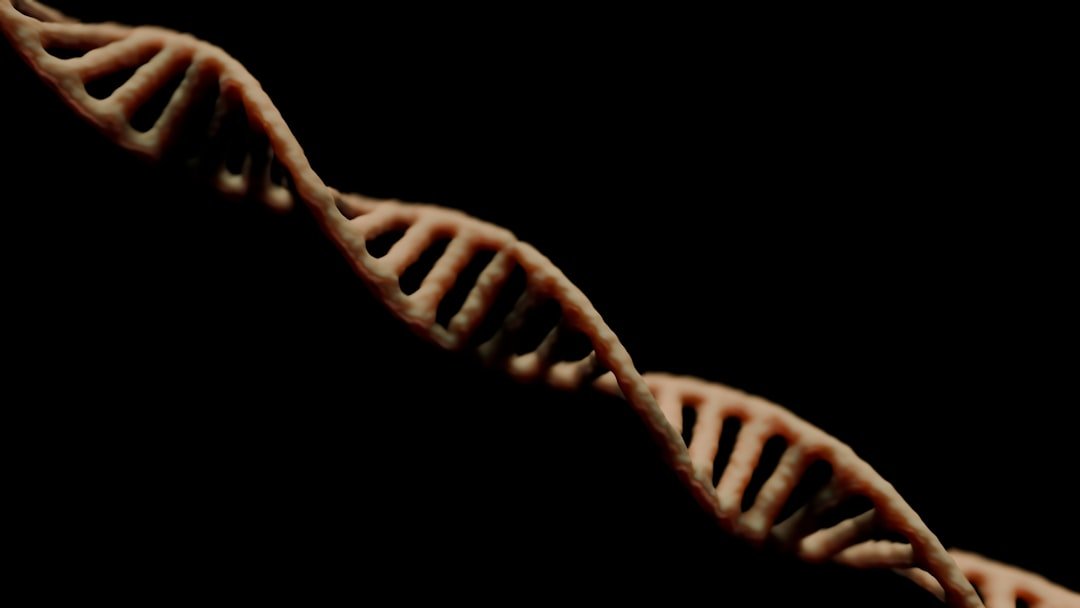
Cases cluster where large families and shared ancestry make rare variants more visible, but the condition appears across continents. In some regions, access to genetic testing is limited, so diagnosis hinges on careful clinical observation – no tears during injections, healed fractures without complaints, unexplained scars. Cultural context shapes care: in places where shoes or protective gear are unaffordable, risk multiplies; where specialist clinics exist, early training and home adaptations blunt the dangers. The same condition can feel very different depending on the resources around it.
As a reporter, I’ve seen how a name for a condition can change a family’s trajectory. Once a diagnosis lands, schools take accommodations seriously, physicians stop doubting, and communities learn to help instead of judge. Awareness isn’t window dressing – it’s protective gear.
From Ancient Tools to Modern Science
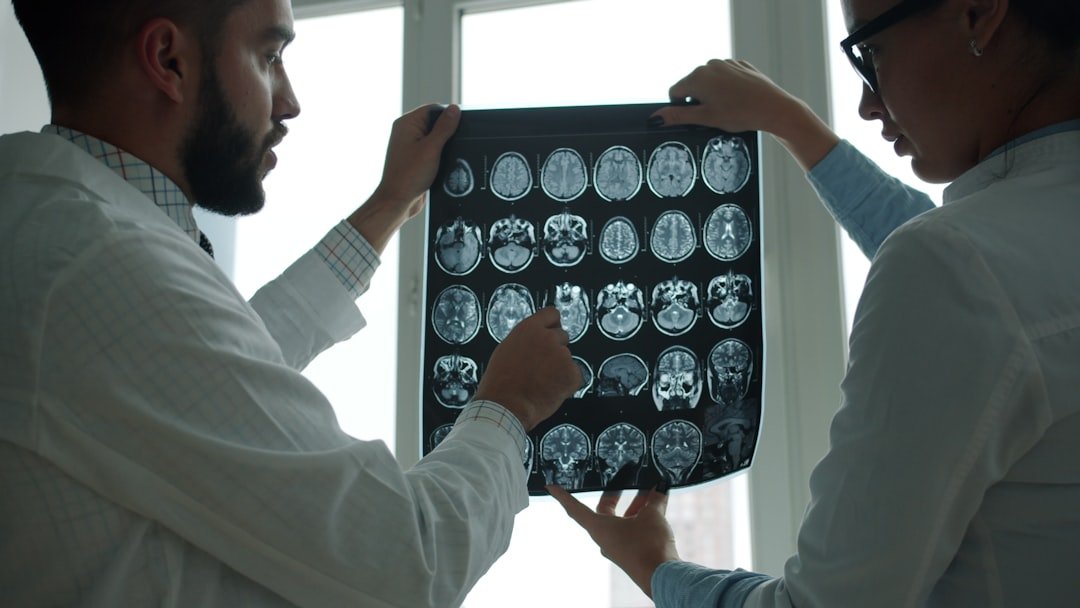
The story of treatment is catching up to the genetics. Early Nav1.7 drug candidates stumbled because channels are finicky and the body has backups; block too broadly and you hit side effects, block too narrowly and pain slips through. Newer strategies chase state‑dependent and peripherally restricted blockers that act only when neurons are hyperactive, sparing normal function. Others are exploring antisense oligonucleotides that dial down channel production rather than brute‑force blockade.
There’s also growing interest in tuning the endocannabinoid system that nature already uses to soften pain. Instead of flooding receptors, researchers aim to raise the body’s own tone gently – closer to a dimmer switch than an off switch. It’s less cinematic, more sustainable.
The Future Landscape
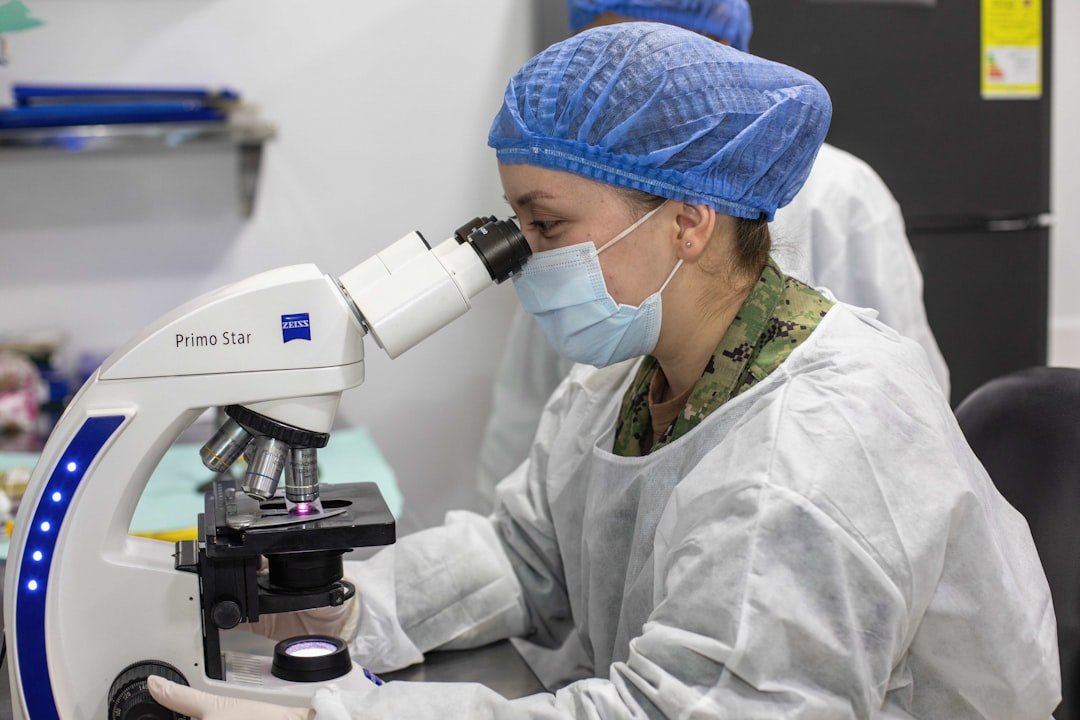
Over the next few years, expect a convergence of biology and engineering. Gene editing and epigenetic tools are being refined to quiet pain channels in specific neurons, while viral vectors become more precise about where they deliver their cargo. On the digital side, wearables that flag abnormal gait, rising skin temperature, or unusual pressure patterns could alert people who can’t feel early damage. In a sense, we’re rebuilding the alarm as a dashboard with warning lights instead of sirens.
Challenges remain. Long‑acting therapies must be reversible if side effects emerge. Equity matters, because sophisticated treatments shouldn’t be limited to a handful of clinics. And while the aim is relief, not numbness, the field must guard against misuse – no one wants a world where pain is edited out for advantage rather than survival.
Conclusion

You don’t need a lab coat to move this science forward. Support rare‑disease registries that help families connect with researchers, encourage schools to create safety plans for students with sensory disorders, and share evidence‑based first‑aid resources that emphasize inspection when sensation falls short. If a friend or relative seems oddly indifferent to injury, suggest a medical evaluation rather than a shrug.
For me, the takeaway is personal: pain is unpleasant, but it’s also information. Respecting it – and learning when and how to quiet it – could change millions of lives. The path runs through families who never feel the fire yet live beside it every day; listening to their biology may be how the rest of us finally stop getting burned. Will you be part of that shift?

Suhail Ahmed is a passionate digital professional and nature enthusiast with over 8 years of experience in content strategy, SEO, web development, and digital operations. Alongside his freelance journey, Suhail actively contributes to nature and wildlife platforms like Discover Wildlife, where he channels his curiosity for the planet into engaging, educational storytelling.
With a strong background in managing digital ecosystems — from ecommerce stores and WordPress websites to social media and automation — Suhail merges technical precision with creative insight. His content reflects a rare balance: SEO-friendly yet deeply human, data-informed yet emotionally resonant.
Driven by a love for discovery and storytelling, Suhail believes in using digital platforms to amplify causes that matter — especially those protecting Earth’s biodiversity and inspiring sustainable living. Whether he’s managing online projects or crafting wildlife content, his goal remains the same: to inform, inspire, and leave a positive digital footprint.




